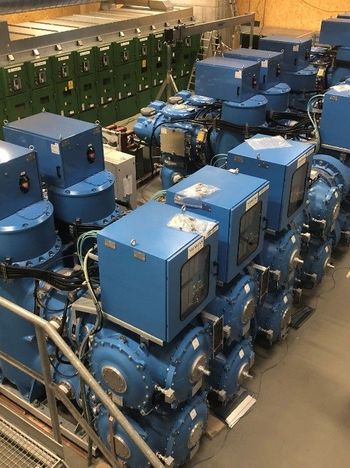Challenges for mitigating natural disasters on Overhead Transmission Lines - Snow damage
Heavy atmospheric icing on overhead wires often determines the load criteria in tower designs. In Japan, the primary cause of large-scale snow damage is the wet snow accretion on these wires. To mitigate this issue, we developed a method to design transmission towers capable of withstanding substantial snow accretion on overhead transmission lines [1], which has been incorporated into the latest Japanese standard for overhead transmission line structures, JEC-5101 [2]. It is important to note that significant wet snow accretion often coincides with moderate to slightly strong winds. This combination leads to increased wire tension and load acting on the transmission tower due to both the weight of the accreted snow and the enhanced wind load from the increased wind-projected area caused by the snow accretion. To address this issue, we have developed a method that estimates the concurrent wind speed during snow accretion and computes the equivalent static wind load, which can be used to evaluate the maximum responses under a dynamic load, in addition to estimating the amount of snow accretion.



